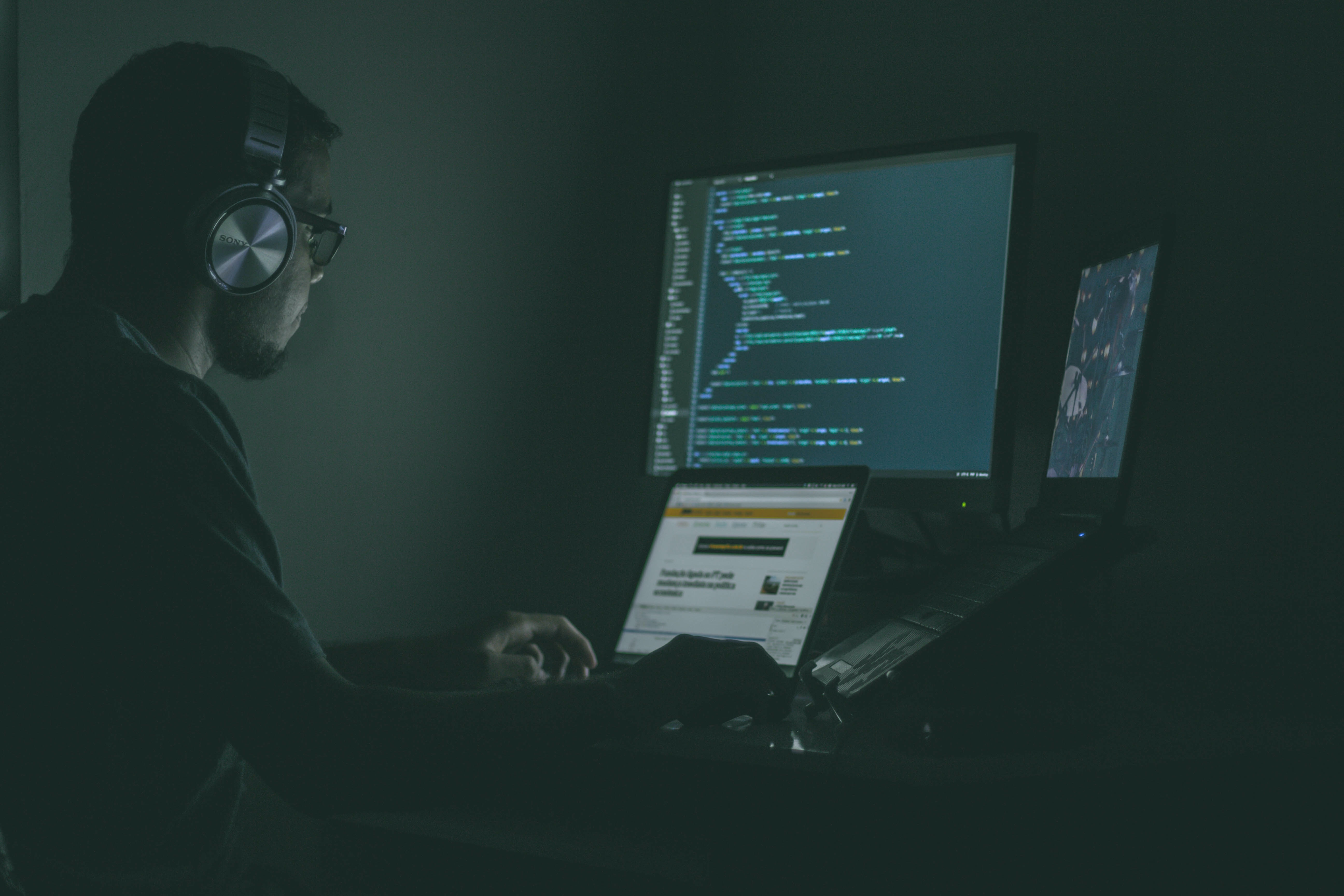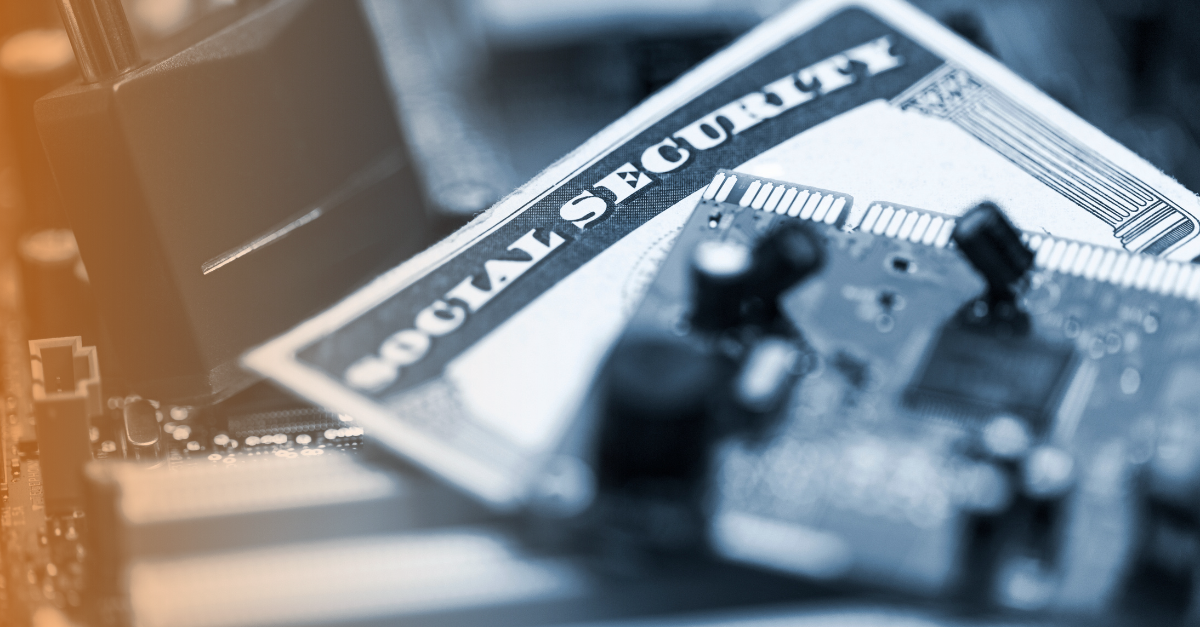Why the Check 21 Act Isn't Enough to Protect Against Fraud

In the digital age, where financial transactions can occur at lightning speed and across various platforms, the need for robust security measures to prevent fraud has never been more pressing. Check 21, a federal law enacted in 2004, aimed to modernize the check processing system and reduce the time it takes for checks to clear. While Check 21 brought about several positive changes, it falls short in fully safeguarding against the evolving landscape of financial fraud. In this article, we delve into why Check 21 isn't enough to protect us from fraud and explore the additional measures required to ensure financial security.
What is Check 21?
The Check 21 act was a pivotal step towards digitizing the check processing system, allowing banks to process images of checks rather than physical documents, and convert the physical checks they receive into a digital image for processing. Additionally, banks that want to continue processing paper checks may print copies of the check images and process them. Those copies are the legal equivalent of the original check, called a “substitute check.”
For many institutions and businesses, paper checks are still the standard method of payment. In fact, 81% of businesses still use paper checks when paying other companies. Whether it's through electronically sent digital check images, paper checks through the old-fashioned postal service, or a combination of both, a traditional check is something banks and accounting departments see every single day.
The Check 21 act introduced electronic image exchange and made it easier for companies to do business, however, it didn’t adequately address the vulnerabilities that come with this digitization. It inadvertently opened new avenues for errors and loopholes for fraudsters to exploit.
Digital check images can still be manipulated with advanced technology, allowing criminals to alter checks or create convincing counterfeits, like a digital version of check washing. Not to mention, Check 21 act causes a spike in duplicate check processing because of the use of both the digital image and the substitute checks that can be created. Duplicate check processing could be caused by accident, or by a fraudster—and telling the difference could be impossible.
So, how much is the Check 21 act really helping without better security in place?
- Lack of Real-time Verification: One of the fundamental shortcomings of Check 21 is its failure to provide real-time verification of check legitimacy. Real-time verification systems that cross-reference account details, signatures, and other identifying information against a secure database are crucial to preventing fraud as it happens.
- Neglecting Emerging Fraud Techniques: Fraudsters are constantly evolving their techniques to exploit weaknesses in the system. Check 21's focus on streamlining check processing didn't account for emerging methods such as synthetic identity fraud, where criminals create fictitious identities by combining real and fake information. This kind of fraud bypasses traditional verification methods, highlighting the need for comprehensive fraud prevention strategies that encompass a broader range of threats.
- Inadequate Customer Education: While Check 21 targeted financial institutions and their processes, it didn't address the need for educating customers about potential fraud risks. Many individuals are unaware of the tactics fraudsters use or the precautions they should take when writing or accepting checks. A comprehensive approach to fraud prevention should involve educating customers about safe practices and red flags to watch out for.
TROY's Anti-Fraud Solutions
At TROY, we are constantly innovating new ways to protect against check fraud through software, hardware and ink and toner solutions. Instead of still getting frauded by digital scammers, TROY offers:
- Cloud-Based Check Printing: AssurePay Teller and AssurePay Check’s cloud-based check printing software actively protect from fraud with several security features, as well while automatically updating with the latest software - empowering banks and businesses alike to be above fraud and errors.
- Security Inks and Toners: TROY’s patented MICR Toner Secure takes standard Magnetic Ink Character Recognition and turns it on its head. Whereas standard MICR is a necessity for check processing so machines can read checks and clear them faster, MICR Toner Secure does the same, except it releases a red dye that immediately alerts banks when check washing of any kind is attempted on a check.
- Digital Signatures and Logos: TROY digital imaging kits provide customers with a cost-effective and convenient way to create custom signatures, logos, and forms on checks, revolutionizing the verification process and deterring fraudsters from replicating unique content printed on checks.
While the Check 21 act was a significant step forward in modernizing the check processing system, it's clear that it falls short in providing comprehensive protection against the diverse and evolving landscape of financial fraud. To counter the ever-changing tactics of fraudsters, a multi-pronged approach that combines real-time verification, customer education, cross-channel security, and collaborative efforts among institutions is crucial. The digital age demands a proactive and adaptable stance against fraud, and its high time we expand our strategies beyond the limitations of Check 21 to ensure the safety and security of our financial transactions. TROY can not only provide the security measures needed to protect against fraud, but is innovating ways in which we can protect the dangers of tomorrow.
Related Posts

Inks for Food Packaging: Standards & Guidelines
It's not a secret, but it may be overlooked: Packaging is everything. When we grocery shop, what packaging our favorite brands wrap or place their products in plays a huge role in..

How Governments Can Better Protect Our Data
Identity theft seems like it wouldn't be a pressing issue in 2024, but its is actually affecting millions of individuals and businesses worldwide. From data breaches to phishing..

FinTech vs. Traditional Banking: How Banks Can Bridge the Gap
As the financial services industry evolves, banks are increasingly embracing fintech applications to meet the demands of a digital-first world. With mobile banking, payment apps,..



Leave a Reply